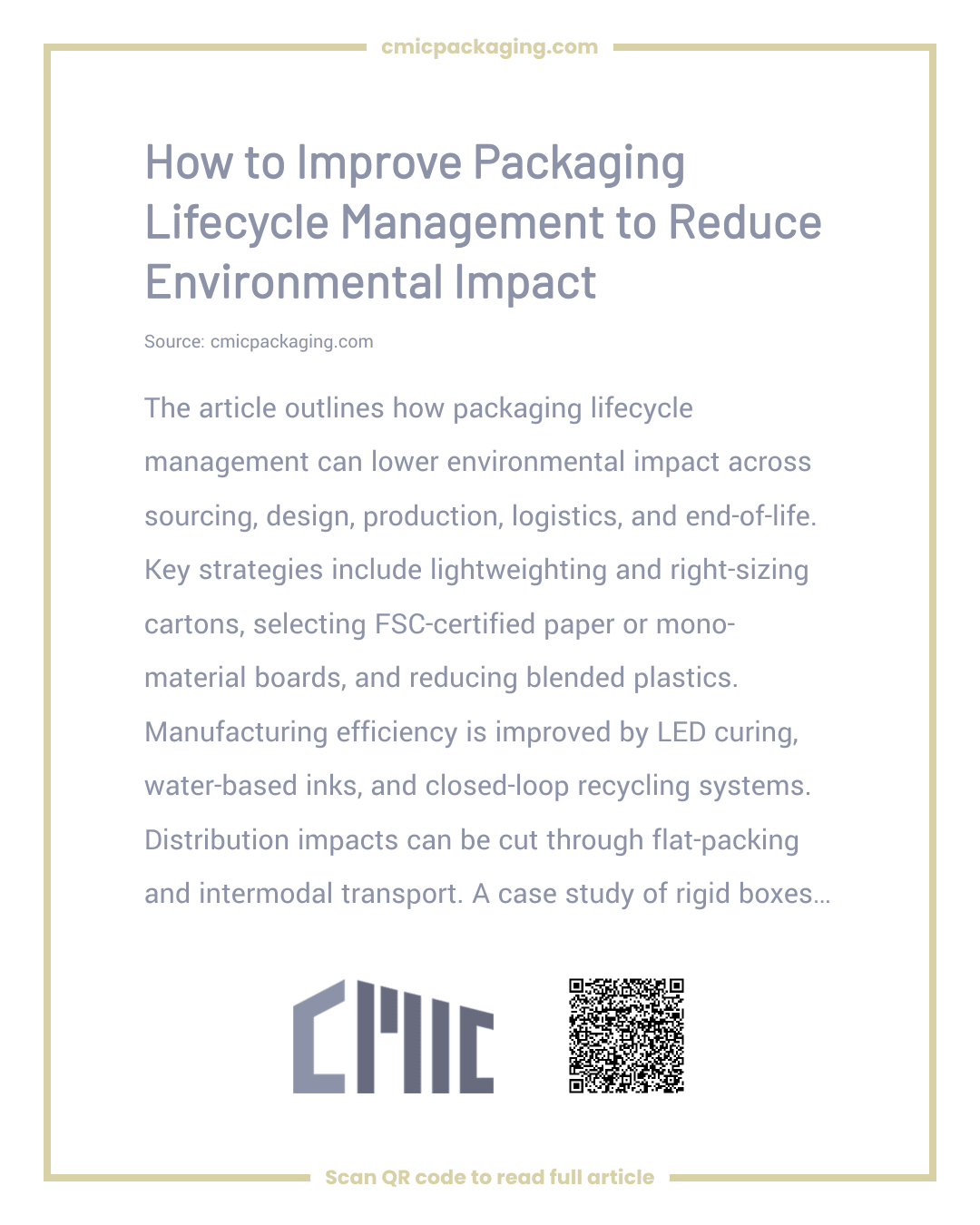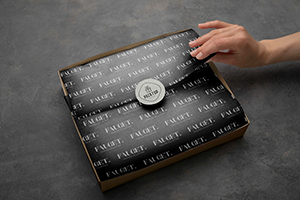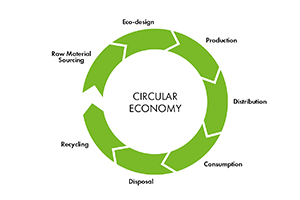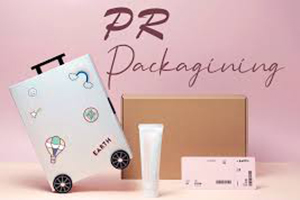Sustainability in packaging? Forget the buzzwords – it’s the real deal for businesses that want to thrive without trashing the world. Picture this: every bit of packaging leaves a trail, from yanking raw materials out of the ground to making it, shipping it, using it, and dealing with the leftovers. Mess this up, and you’re drowning in waste, pumping out carbon like there’s no tomorrow, and wrestling with ever-tighter rules from governments around the globe.
In this piece, I’m sharing some practical tips to manage your packaging lifecycle smarter, cut down on the eco-damage, and nudge things toward a circular economy where stuff loops back instead of piling up. I’ve worked with tons of brands who’ve turned their packaging headaches into wins, and let me tell you, it’s not as daunting as it sounds – it can even save you money.
Unpacking the Packaging Lifecycle
Let’s map out the journey of your average package – it’s like planning a road trip where skipping a pit stop could wreck the whole adventure:
- Grabbing raw materials (we’re talking paper, plastics, metals, or those nifty plant-based alternatives).
- Designing and making it (where energy hogs and waste can sneak in big time).
- Shipping and logistics (all that exhaust from trucks and planes, plus storage mishaps).
- When consumers get their hands on it (does it last, or can it be reused without a hassle?).
- The grand finale: end-of-life (reuse it, recycle it, or – ugh – chuck it in a landfill or incinerator).
The fun twist? Every stage is ripe for slashing waste if you treat packaging like a boomerang that comes back useful, not just junk. I’ve guided companies through this shift, and it’s wild how often it uncovers hidden savings – like finding cash in an old coat pocket.
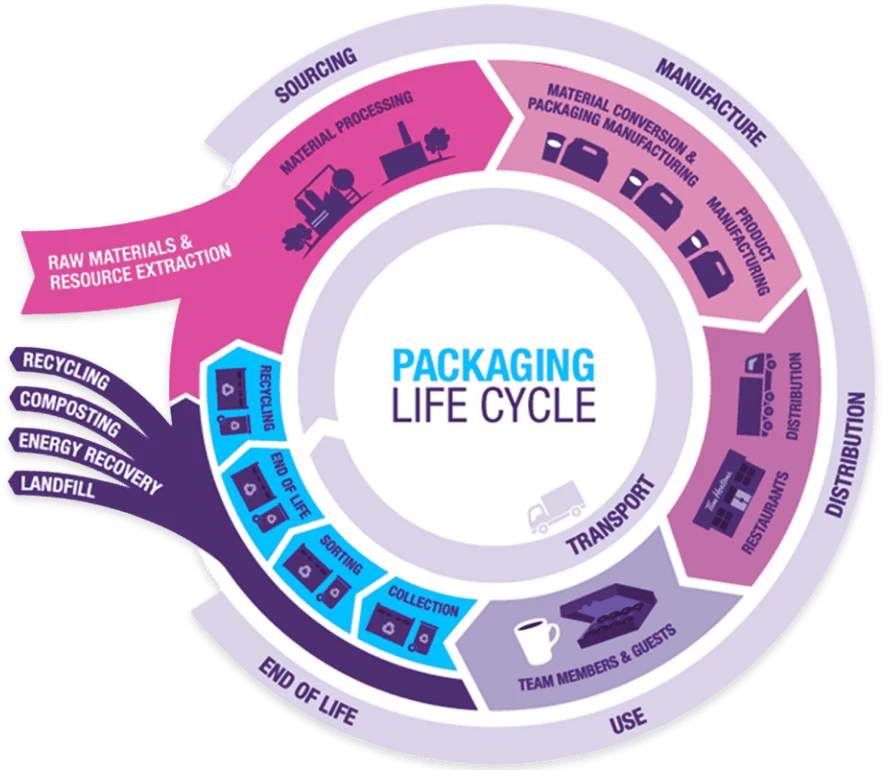
Step 1: Give Your Packaging Design a Green Makeover
Design is where you lock in most of the environmental drama – nail it, and you’re off to the races. Here’s how savvy businesses are tweaking designs to trim waste without skimping on protection:
- Go lightweight: Swap to thinner, tougher papers or boards that still guard your goods like a fortress.
- Size it right: No more boxes half-full of air – it’s like packing for vacation without overstuffing.
- Simplify materials: Ditch those messy multi-layer plastics that recycling plants hate.
- Label smart: Make disposal instructions so obvious, even your grandma gets it.
Imagine corrugated cartons with clever tabs that snap together – no plastic tape needed! I’ve seen retail teams go from eye-rolling skeptics to high-fiving eco-heroes after trying this. It’s a small change with big vibes.
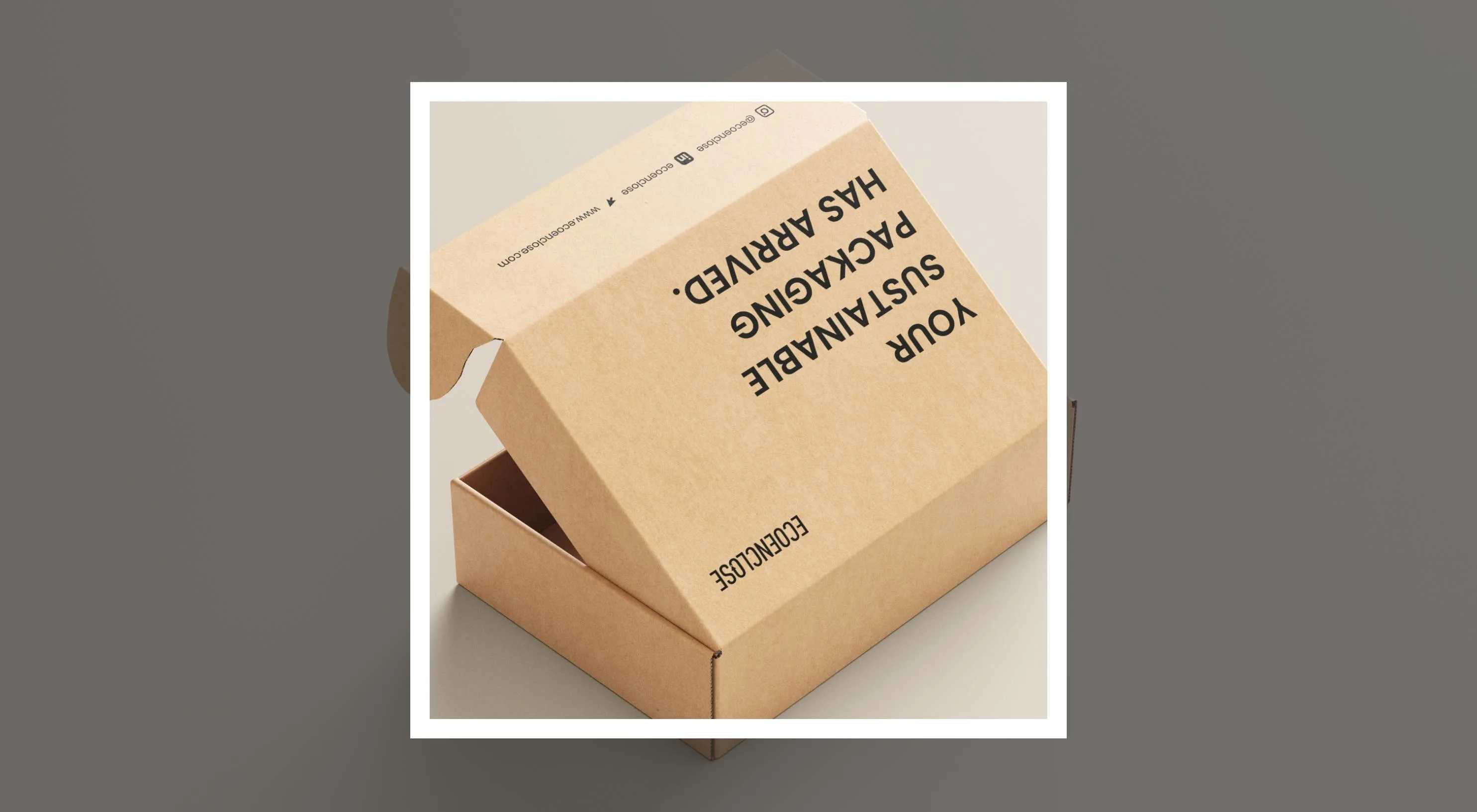
Step 2: Choose Materials That Don’t Bite Back at the Earth
The stuff you start with directly dials down your carbon mess and ups recyclability. Check out these standouts:
- Paper and fiberboard recycle at about 70% worldwide – not too shabby, eh?
- Recycled fibers save energy and spare trees from the chop.
- Bioplastics like PLA from corn or PHA from sugarcane that actually compost, perfect for food and shops.
- Single-material wonders that recycle easy-peasy, unlike those picky blends.
Whenever possible, snag FSC-certified wood or paper – it checks boxes for regs and impresses folks who dig ethical vibes. I’ve watched eco-friendly coffee brands soar by doing this, turning haters into superfans. Who knew going green could be such a crowd-pleaser?
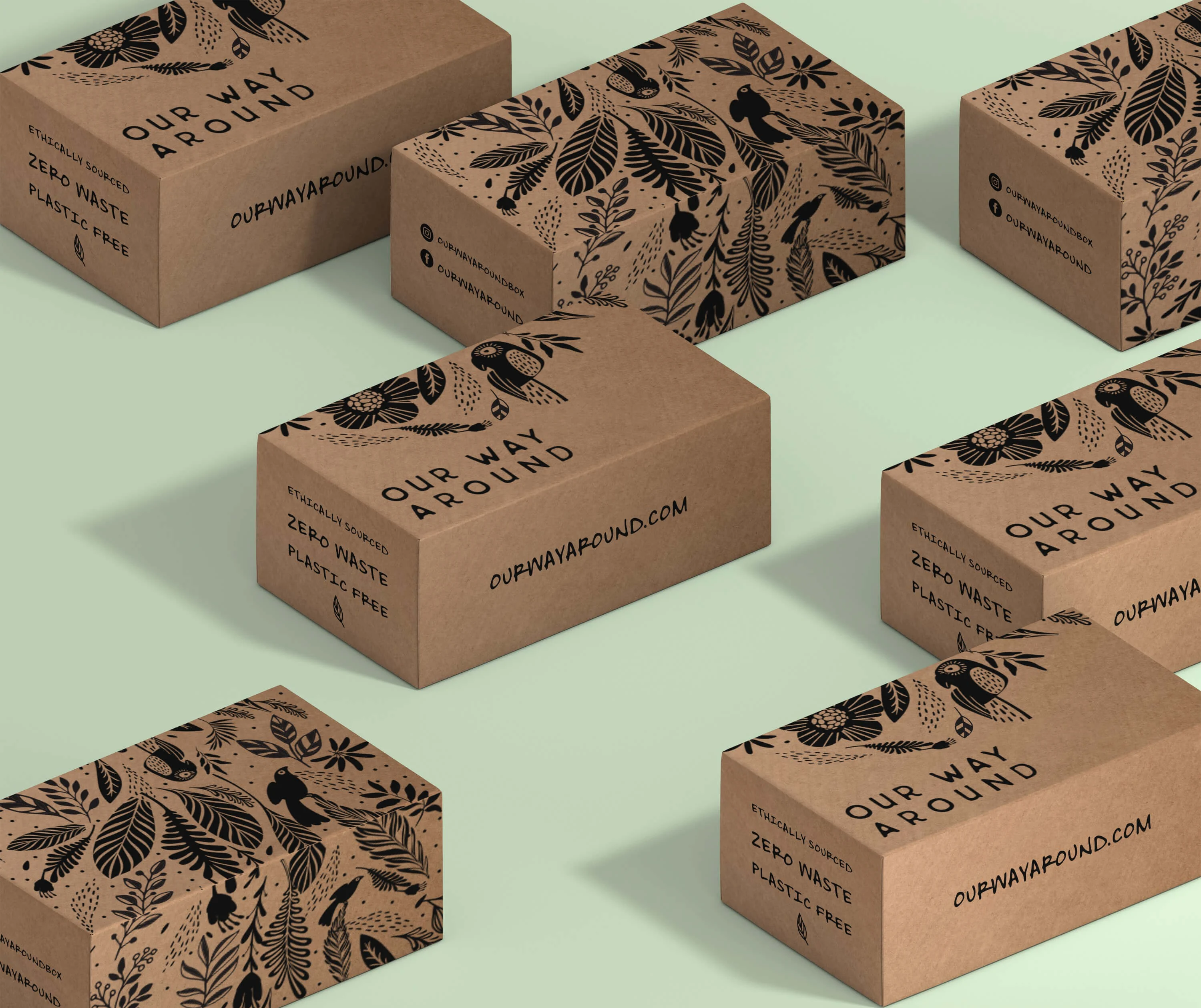
Step 3: Tame Manufacturing to Zap Waste
Manufacturing can be a carbon monster if you let it run wild. But with a few clever tweaks, you can rein it in:
- Smarter printing: Switch to LED curing or water-based inks – cleaner for the air and your wallet over time.
- Cut the scraps: Automated tools for cutting and folding mean less leftover bits from paperboard.
- Loop it back: Turn waste into new stuff, like recycling trimmings into fresh pulp.
- Power from the sun or wind: Factories going renewable? They can slash emissions per box like magic.
Take C MIC Packaging – their automated setups squeeze every inch from sheets and crank out orders with barely any waste. It’s the kind of seamless tech that makes you think, “Why didn’t we do this sooner?” Inspiring stuff.
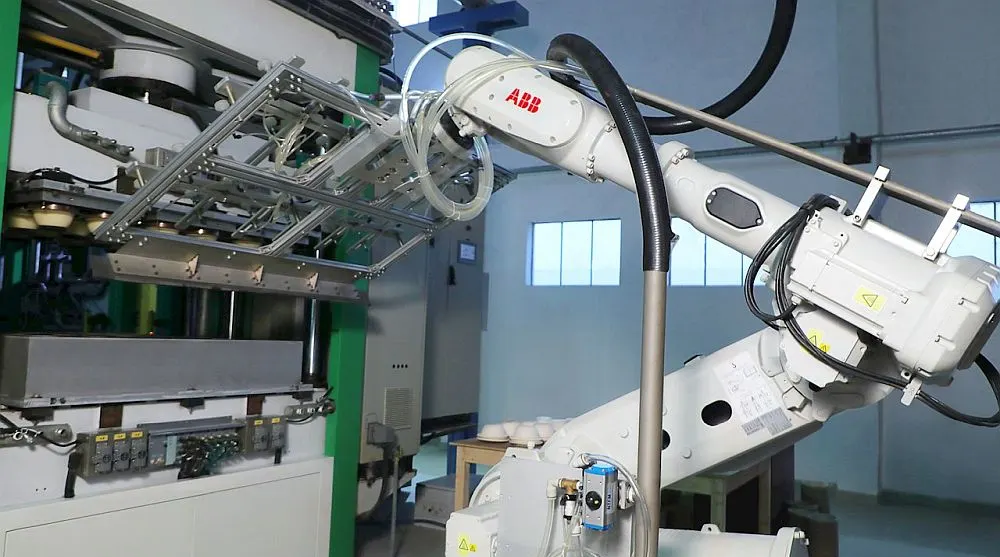
Step 4: Green Up Your Distribution Chain
Moving packages around? That’s a hotspot for emissions. Dial it back with:
- Snug shipping cartons that fit pallets perfectly – no more hauling air.
- Flat-pack modular designs that stack tight in containers.
- Swap air for rail or sea when timelines allow.
- Green warehouses running on renewables with smart storage tricks.
A tuned-up supply chain doesn’t just breathe easier – it saves space and cash. In my logistics overhauls, this often pays off fastest, which is always a nice bonus. Who doesn’t love quick wins?
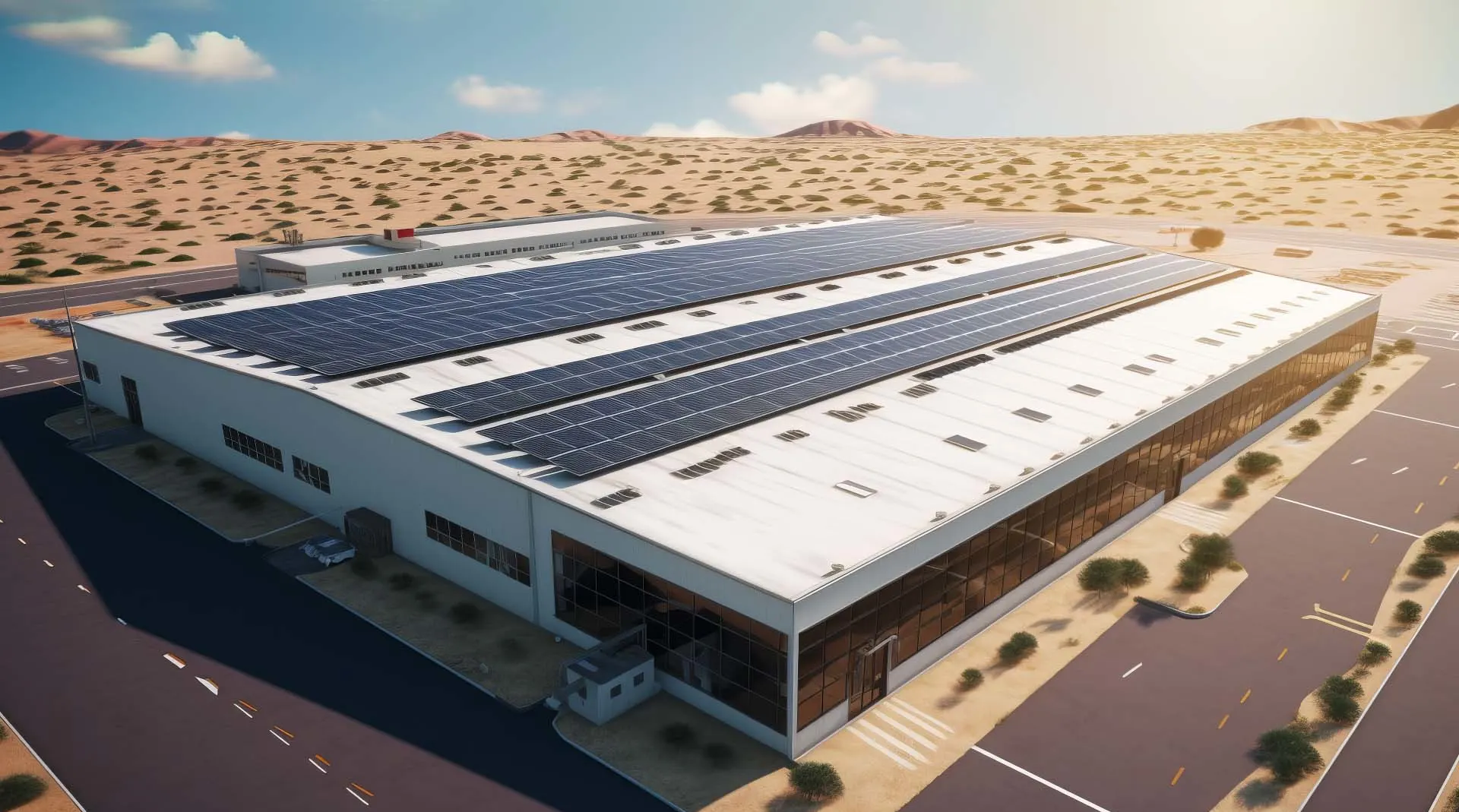
Step 5: Push for Reuse and Recycling Like a Boss
End-of-life shouldn’t mean game over. Keep the value flowing with these circular tricks:
- Reusable setups: Deposit systems for tough boxes or crates that circle back.
- Crystal-clear labels to_guide recycling without the guesswork.
- Take-back schemes: Have partners return packaging for refills or rebirths.
- Upcycling creativity: Turn old fibers into premium new packaging, dodging the need for virgin materials.
The key? Bake circular thinking into everything from day one – it’s no afterthought. I’ve helped turn waste nightmares into innovation stories, and it’s downright satisfying.
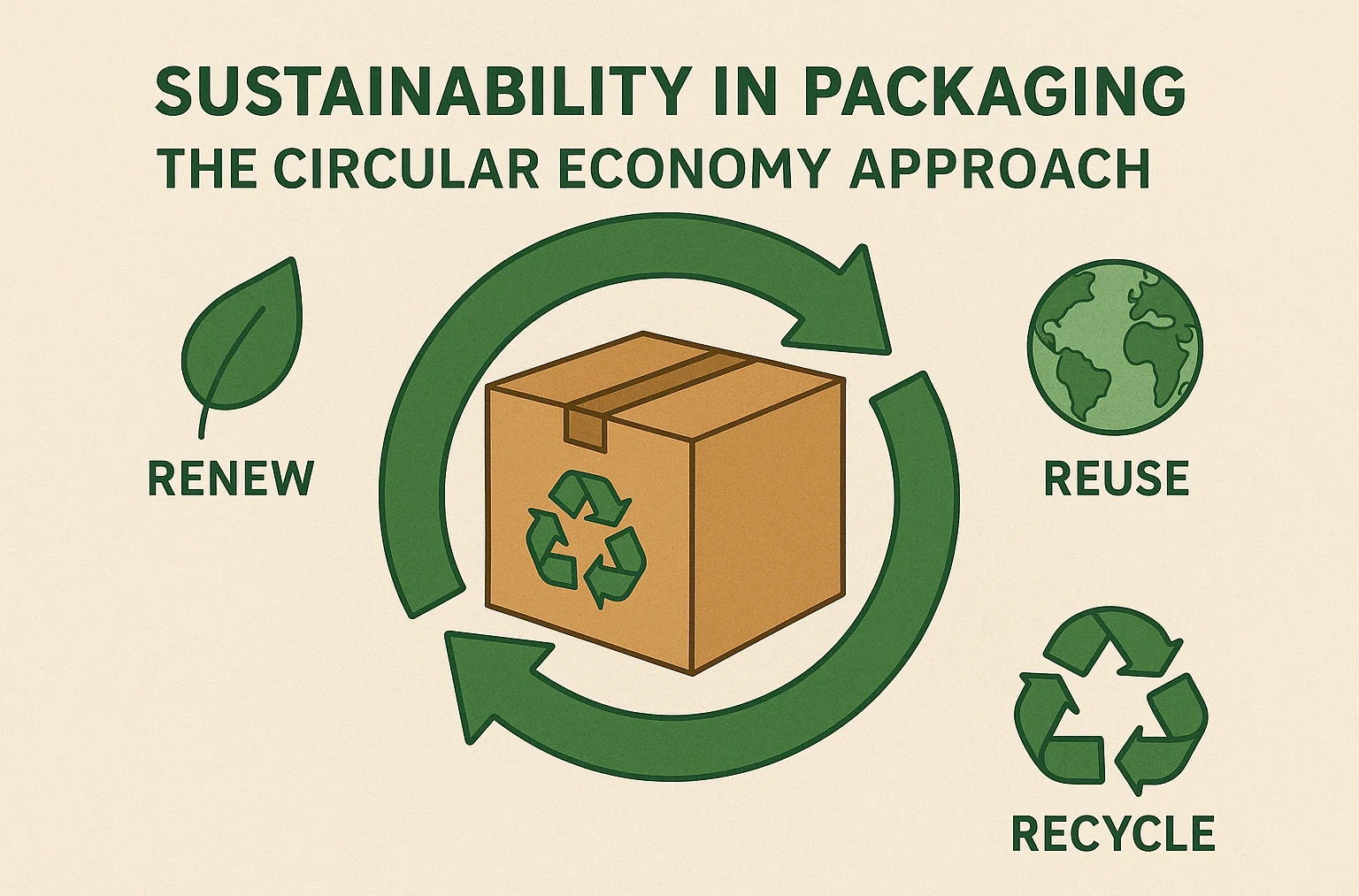
Step 6: Master Those Pesky Regulations
Rules are tightening globally – think Europe’s EPR, plastic taxes, and eco-labels popping up everywhere. Stay sharp by:
- Doing Life Cycle Assessments (LCAs) to measure your real impact.
- Matching packaging to local recycling systems.
- Avoiding no-gos like heavy-metal inks or PVC.
- Keeping supply chains transparent with audits.
Compliance isn’t just about fines – it’s a badge of honor that builds trust. To me, it’s the solid foundation holding up all the cool stuff.
A Real-Life Success: Paper-Based Rigid Boxes
Luxury brands catch heat for glitzy plastics, but some are flipping to recycled greyboard boxes wrapped in FSC paper, ditching laminates for water-based coatings.
The result? A 40% carbon dip, smoother recycling, and consumers loving the green glow – talk about loyalty boost! Stories like this get me pumped about the possibilities.
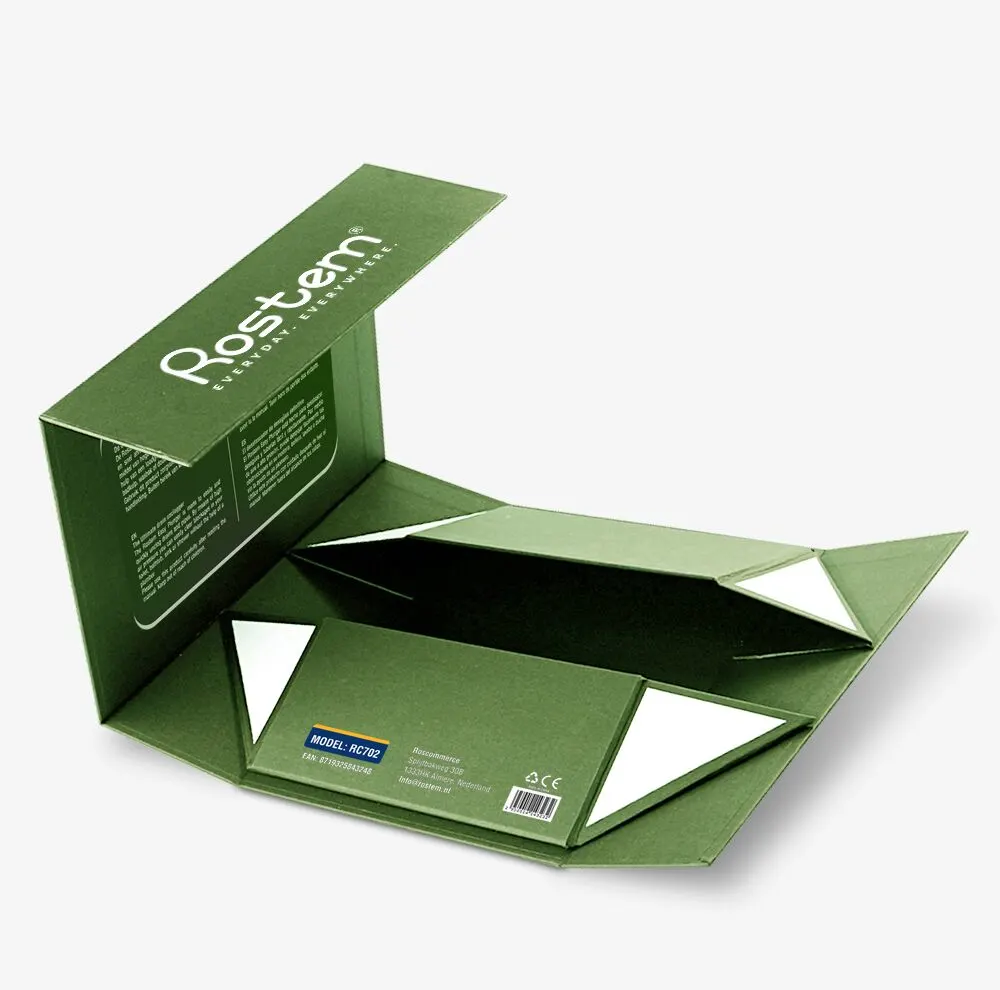
Steering Toward a Circular Future
Upping your packaging lifecycle isn’t about one magic fix – it’s those consistent nudges across stages. From slick designs and earth-friendly materials to lean manufacturing and strong reuse, it’s all doable and delivers perks galore.
Brands diving in? They slash waste and emissions, grab market share, charm green-minded shoppers, and shield against future rules. It’s exhilarating to see it play out.
The Final Wrap
The future of packaging? It’s smart lifecycle management – choices that lighten the load on the planet while keeping products safe.
At C MIC Packaging, we team up with folks worldwide for custom fixes that blend protection, sustainability, and smarts. Whether it’s tough corrugated cartons, fancy rigid gift boxes, or eco retail packaging, our goal’s simple: cut lifecycle impacts without cutting corners on quality.
👉 Eager to level up your packaging’s green game and go circular? Hit us up. Let’s collaborate to shrink your footprint and build solutions that help the earth – and your bottom line.
